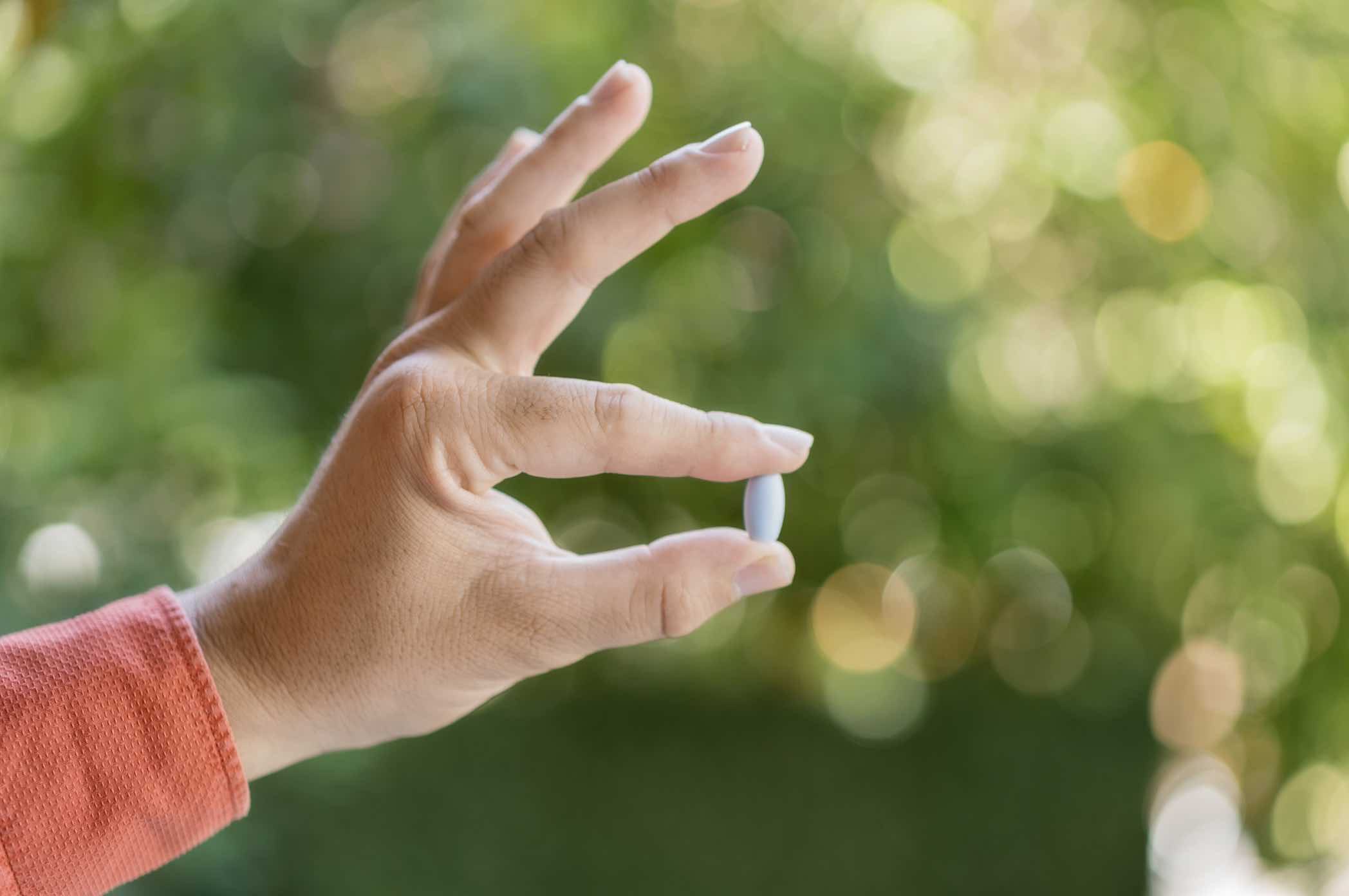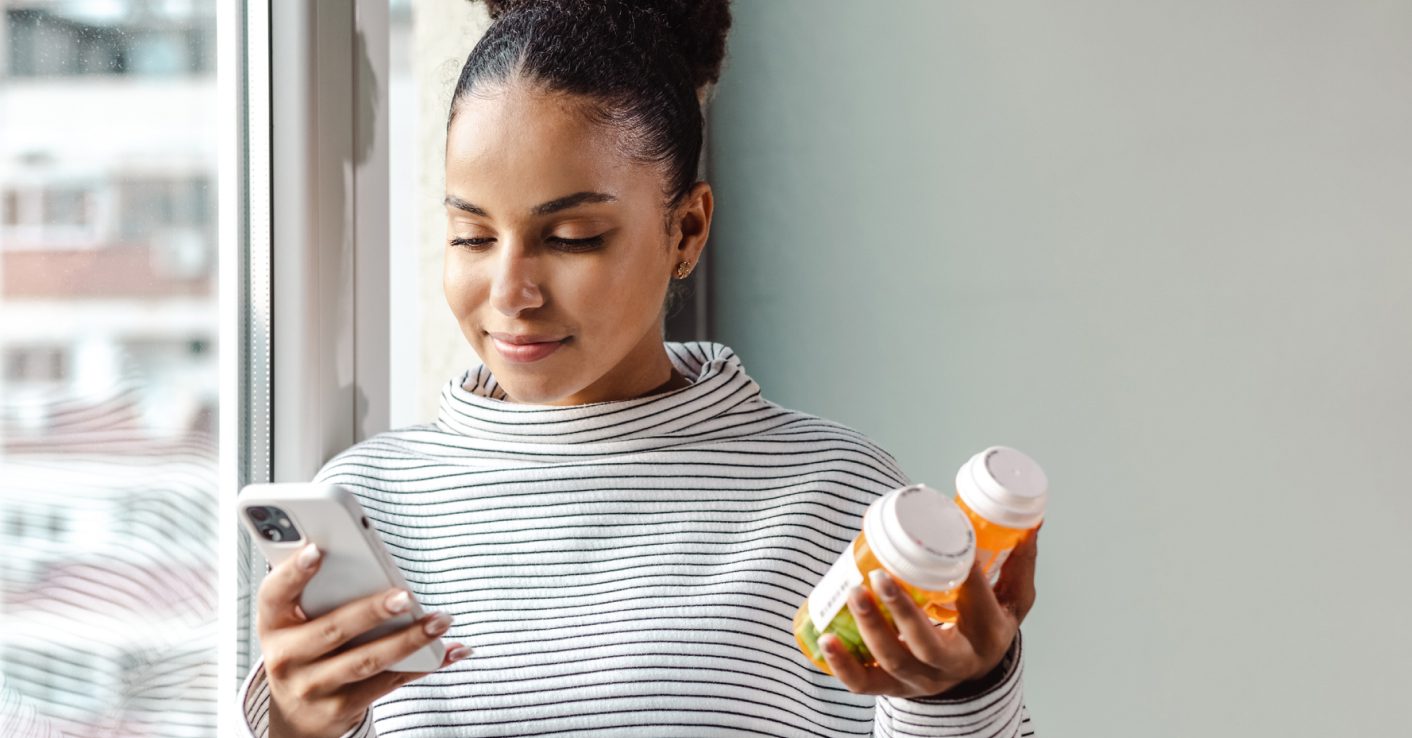Last Updated on May 15, 2023
Maybe you’ve noticed your favorite pair of jeans is starting to feel a little snug. Or maybe you stepped on the scale for the first time in a while and were surprised by the number you saw. Or maybe you’ve been dealing with some health issues or your life has shifted in such a way that your daily eating and exercising habits have changed too. For many people this shift has coincided with the ongoing pandemic, which has led to more sedentary habits or an increase in both stress eating and drinking.
Almost everyone experiences times when they want to lose or gain a bit more weight. And when that happens, many people reassess their health goals and take a closer look at their habits around eating and exercising. But it’s wise to also put your drinking habits under the microscope because alcohol absolutely plays a key role in your overall health and wellness. You may be wondering, “Can I drink alcohol and lose weight?” The answer is often yes – as long as you are drinking mindfully. Ready to start drinking mindfully? Start with a free 15-day trial of Sunnyside.
Read on to find out why alcohol and weight gain so often go together, and what you can do to lose a few pounds while still enjoying a few drinks.
Alcohol and weight loss: The science behind why it can be challenging
Alcohol has always been a bit showy at parties, and that holds true when it comes to your body, too. Once alcohol enters your body, it takes center stage and it becomes your body’s top priority. Your body essentially halts metabolizing everything else – fats, carbs, proteins – until it takes care of the alcohol. Why? Because unlike fats, carbs and proteins, your body has no need for alcohol. So instead of being efficient, your body is busy trying to burn off the alcohol you just drank. And those excess calories end up getting stored as fat.
When you drink alcohol, it travels to the stomach and intestines where it’s then absorbed into the blood. Enzymes begin to metabolize it. Because alcohol is recognized as a toxin, oxidation occurs. This means alcohol is removed from the blood, preventing damage to cells and organs.
Alcohol is metabolized mostly in the liver, but also in the pancreas, brain and gastrointestinal tract. A small amount of alcohol is not metabolized at all and is instead eliminated in your urine and breath (this, by the why, is how BACs are measured).
The bottom line: Processing alcohol is indeed a process.
And the amount of time it takes people to metabolize the food they eat and the alcohol they drink varies greatly. This means issues of alcohol and weight also vary significantly from person to person.
Alcohol, appetite and lowered inhibitions
Food and drinking go hand in hand, right? For centuries humans have enjoyed an apéritif before dinner to stimulate the appetite. And chances are, if you’ve ever had a night of moderate to heavy drinking, you’ve also experienced a case of the “drunchies” (the drunk munchies).
Alcohol is rich in calories. In fact, ethanol, the active ingredient in alcohol, is considered to be the second most calorie-dense nutrient after fat, at 7 calories per gram. So why do you tend to eat more when you drink? Well, it’s because alcohol tricks your brain, activating neurons (specifically your AgRP neurons, which deal with hunger). The response is powerful – you literally think you’re starving.
Studies have shown that alcohol may also inhibit hormones related to appetite suppression (leptin) and food intake (GLP-1). So now alcohol is playing another trick on you, fooling you into thinking you’re not really full when you are. The result? You order a pizza or scarf down a big bag of potato chips or raid the freezer for ice cream (or all of the above!) and then find yourself deeply regretting it all the next morning.
But why those foods? First, moderate to heavy drinking can impact your judgment and reduce your willpower. That means lowered inhibitions. It can be hard enough to say no to food you crave when sober. Reduce your willpower and it can feel nearly impossible to not eat foods you normally restrict. Alcohol also can lower your blood sugar. When that happens, you crave carbs and sugar. What’s more, alcohol encourages your brain to release a neurochemical called galanin, which makes you crave fatty and greasy foods. Basically, alcohol is a master of mind games and it almost always wins.
Of course, problems related to alcohol and weight gain don’t just occur after binges. Sometimes issues surface slowly, with time. For example, if you’ve been feeling more worried than usual in recent weeks and you’ve been stress drinking, that can lead to stress eating. That glass of wine, (or two, or three) you’ve been winding down with every night adds up, particularly if you’re paring it with a bowl of nuts or some crackers and cheese.
If you are trying to find a way to combine alcohol and weight loss in your life, you might also consider how often you end up with hangovers. Even mild hangovers can be just enough of a deterrent to skip your morning workout. Tracking your alcohol intake can show you if a pattern exists that you want to break. Start tracking and planning your drinks with Sunnyside.
Can you drink alcohol and lose weight? Knowing the number of calories in your drink is key.
It’s possible to enjoy alcohol and weight loss simultaneously. But knowledge is power. The first step to success is knowing exactly how many calories are in that glass or bottle that’s in your hand. And the answers may surprise you. Here are some of the drinks that might affect your relationship between alcohol and weight:
Beer. Not all beers are the same. While a light beer might have an ABV of 4.2% and 95 calories, a triple IPA could have an ABV of 9.5% and come in at 350 calories or more per serving.
Wine. Did you know a “standard” glass of red wine is just 5 oz (125 calories). But rarely is a poured glass of wine only 5 oz. Chances are the amount of vino you’re drinking is more than the number of ounces that are considered “standard” for a drink.
Common cocktail culprits. Some popular mixed drinks are absolute calorie bombs. A pina colada or White Russian, for example, can easily contain 500-600 calories (and a ridiculous amount of sugar).
If you’re concerned about alcohol and weight gain, consider low-cal options such as light beer, hard seltzers or mixing liquor with no-calorie flavored sparkling water or diet tonic water. Or (mindfully) drink it straight – neat or on ice. There are also many tasty mocktails you can try that are free of both alcohol and excess empty calories.
If you’re wondering if there are other ways you can drink alcohol and lose weight you might try cutting back on the overall number of alcoholic beverages you drink. Drink tracking apps like Sunnyside can help.
How Sunnyside can help you with your alcohol and weight loss goals
If you’re concerned about alcohol and weight gain, Sunnyside is here to empower you to make meaningful change. We leverage proven behavioral psychology strategies to support members in balancing their drinking to achieve meaningful health benefits, including weight loss.
Our drink tracking system enables you to set personal, health-oriented goals to reduce your drinks, which means you’ll reduce the number of calories you take in. We take a customized approach and help our members plan their drinks for the week, track their drinks throughout the week, and be more mindful of their drinking in general. In regard to alcohol and weight, we can help you to:
- Drink less. Just like you make goals to eat less when trying to lose weight, Sunnyside focuses specifically on alcohol, helping you to drink less, which can be key to losing weight. Sunnyside can be a powerful complement to food-focused weight-loss apps, which don’t factor in the psychological nature of mindful drinking.
- Make a plan. It takes only a few minutes to complete our diagnostic assessment, which takes into account your unique demographics, drinking habits and health objectives. We will generate a customized plan based on your responses to get you started on your journey to better health.
- Add in “dry days.” One of the biggest factors in alcohol and weight gain is the amount of alcohol you drink. “Dry days” – days in which you don’t drink any alcohol at all – can have a huge impact on your weight loss goals. Each day without a drink equals less calories consumed which can equal digits dropping on that bathroom scale.
- Stay motivated. Diets are notorious as being programs people start, stop, restart and stop again. Sunnyside cuts out that frustrating cycle by helping members stay motivated. With weekly planning and goal setting, along with daily drink tracking, members stay engaged and energized. That’s not to say there won’t be slip-ups or times when you lack motivation. But that’s when Sunnyside’s real-time feedback swoops in, providing immediate encouragement and support. Need some extra help? Contact one of our real-life coaches.
- Measure your progress. Not only will you be able to visualize your progress with Sunnyside, if your goals are specifically focused on alcohol and weight, you’ll see real progress both on the scale and off. That means feeling better about how your body looks, how much energy you have, and how your clothes fit. The benefits can quickly snowball. With more energy you may find yourself more inspired to exercise. And many of our members see improved sleep. Studies have shown that poor sleep may lead to metabolic dysregulation, which can lead to weight gain.
Concerned about alcohol and weight gain? You hold the key. If you want to achieve your health goals while learning how to drink more mindfully, check out Sunnyside now!




